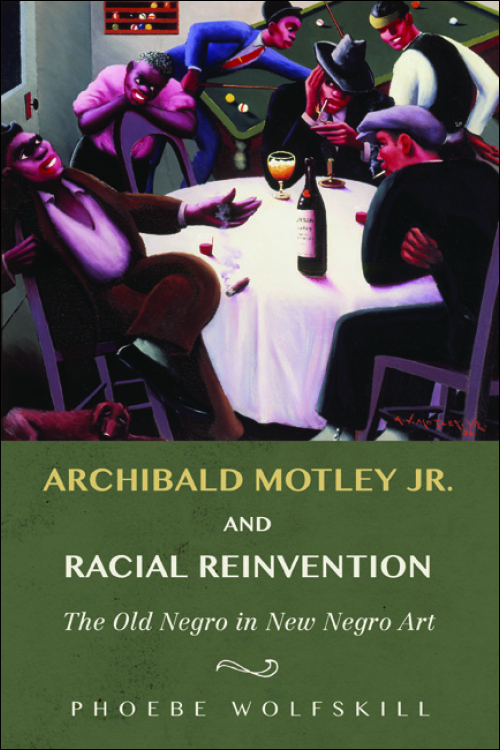The Forgotten Work of Jessie Redmon Fauset
The New Yorker
2017-02-18
Morgan Jerkins
Among the events that helped to crystallize what would come to be known as the Harlem Renaissance was a dinner, in March, 1924, at the Civic Club, on West 12th Street. The idea for the dinner was initially hatched by Charles Spurgeon Johnson, the editor of Opportunity, a journal published by the National Urban League and, under Johnson, one of the leading outlets for young black writers. Johnson planned to invite twenty guests—a mix of white editors and publishers as well as black intellectuals and literary critics—to honor Jessie Redmon Fauset and the publication of “There Is Confusion,” her début novel, about a black middle-class family’s struggle for social equality. But when Johnson ran the idea by the writer and philosopher Alain Locke, who he hoped would serve as master of ceremonies, Locke said that the dinner should celebrate black writers in general, rather than just one in particular. So the purpose of the event changed, and the list of invitees grew; among those who ultimately attended were Countee Cullen, Gwendolyn Bennett, Langston Hughes, and W. E. B. Du Bois. That evening, attendees listened to a series of salutations, an address by Locke, and presentations by several black men. At the end of the dinner, Locke—who had praised “There Is Confusion” as what “the Negro intelligentsia has been clamoring for”—introduced Fauset. But though she was a guest of honor, she evidently felt like an afterthought. Years later, in 1933, she would write a scathing letter to Locke (who had just reviewed her most recent novel, about which he had some misgivings), declaring that he, with “consummate cleverness,” had managed, on that evening in 1924, to “keep speech and comment away from the person for whom the occasion was meant”—that is to say, her…
…“Initially, Fauset’s work was dismissed as sentimental and Victorian, primarily because she dealt with ‘women’s issues,’ centering on the marriage plot,” Cherene Sherrard-Johnson, a professor of English at the University of Wisconsin, said. Fauset’s second novel, “Plum Bun,” is probably her best, and it received the most attention when it was published, with reviews in The New Republic, the New York Times, and Saturday Review. Like “There Is Confusion,” it is a story about middle-class respectability. It centers on a mixed-race young woman named Angela Murray, who grows up in a posh black neighborhood in Philadelphia where each house looks just the same. All the residents know their neighbors’ names, and everyone goes to church on Sundays. Young women train to be teachers and young men do the same or strive to become post-office workers. Angela, tired of this bourgeois world, wants to become a famous painter, and believes that the only way to do so is to abandon her family, move to New York City, and pass for white. In New York, she meets a poor artist who falls in love with her and a wealthy white man she hopes to marry. At one point, she sees her sister at the train station in New York and pretends not to recognize her, so that she can keep up the charade that she is white. Later, however, in order to support a fellow art student, a black woman, she reveals her true identity. In a conversation with her sister, Angela says, “When I begin to delve into it, the matter of blood seems nothing compared with individuality, character, living. The truth of the matter is, the whole business was just making me fagged to death . . . You can’t fight and create at the same time.”…
Read the entire article here.



